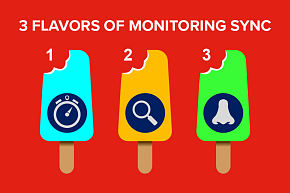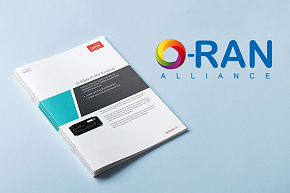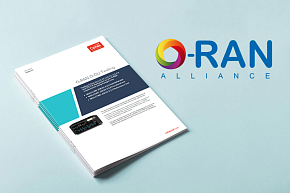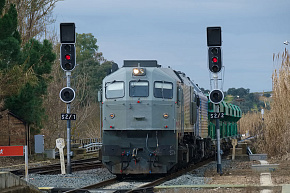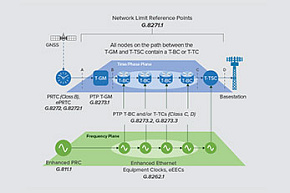As you can imagine, the cost of building a mobile network is huge and a large part of that investment goes into developing the radio access network (RAN). However, radio network supply chains have traditionally been a closed shop with limited vendor solutions available and all using proprietary network equipment and protocols to function. With the emergence of 5G and the associated need for more cells, higher throughput and greater processing power, the costs to deliver 5G RAN networks have increased dramatically.
To address this Open RAN was introduced to give network operators more scope in using less-expensive third-party products operating on generic hardware and infrastructure. In other words, this open environment concept would liberate the supply chain to create competition between vendors to drive efficiencies and lower equipment costs. In support of this and to provide guidance on how to develop an integrated Open RAN network, the O-RAN Alliance was established. Consisting of operators, vendors, research groups and academics, the Alliance created a framework and defined a set of standards aimed at delivering more intelligent, open, virtualized and fully interoperable mobile networks.
Nevertheless, due to the scale of parts in a 5G O-RAN architecture and the number of specifications required to address the interoperability of each component, navigating the O-RAN ‘plug-and-play’ landscape is a complex task!
Join us as we cut through the complexities of O-RAN in our series of three short videos that breaks down the 5G O-RAN network and its elements, reviews O-RAN interoperable network interfaces and specifications, and identifies the test requirements for synchronization and impairments in the Fronthaul, Midhaul and Backhaul network links.
Open RAN, O-RAN and Network Performance reviews why O-RAN exists, the difference between Open RAN and O-RAN, the components of O-RAN, and an introduction to the Synchronization Plane.


